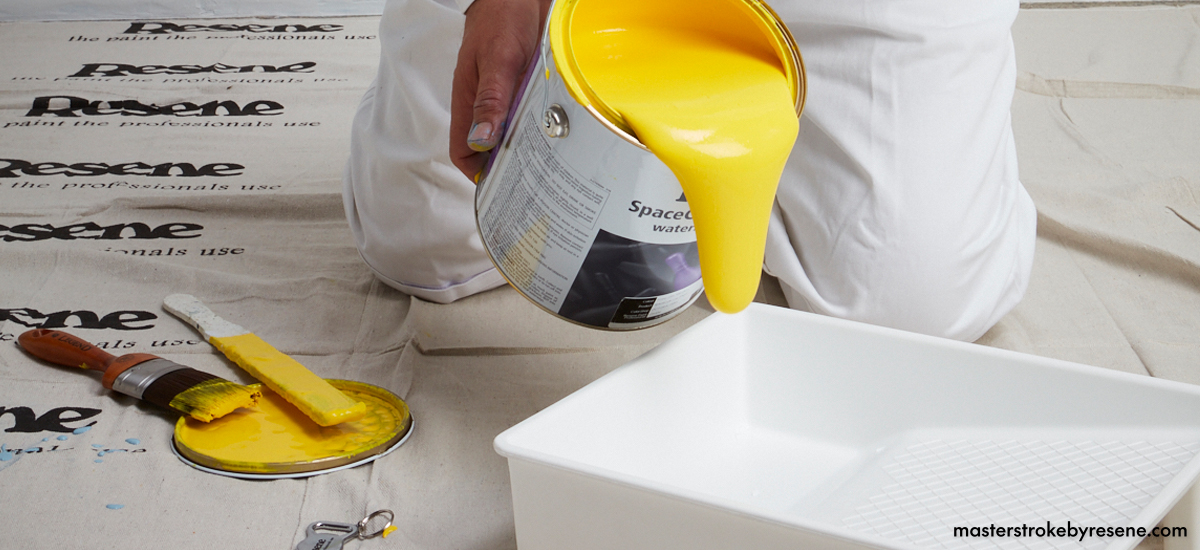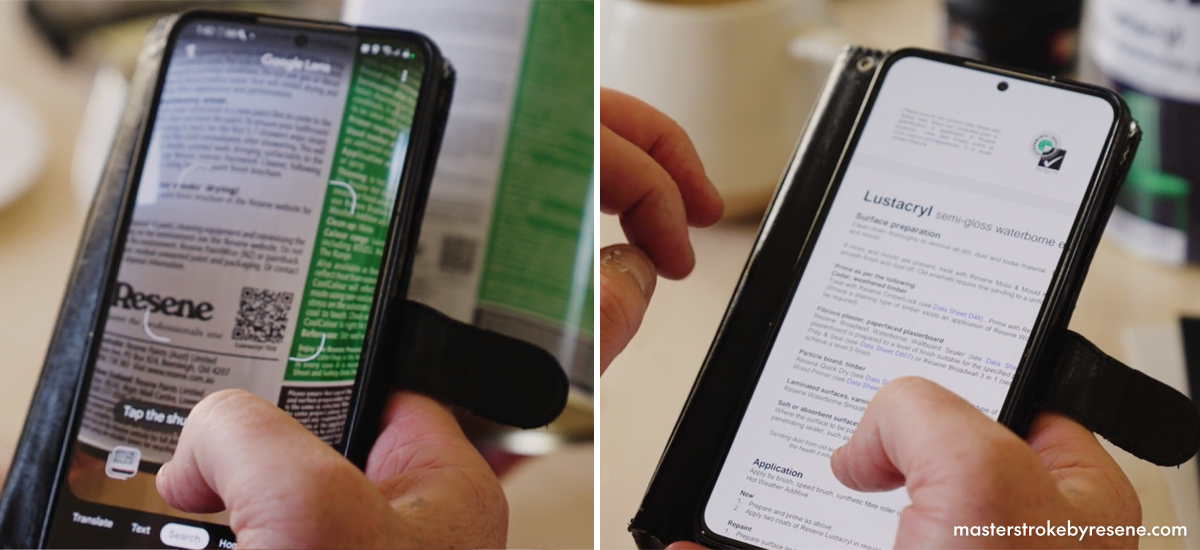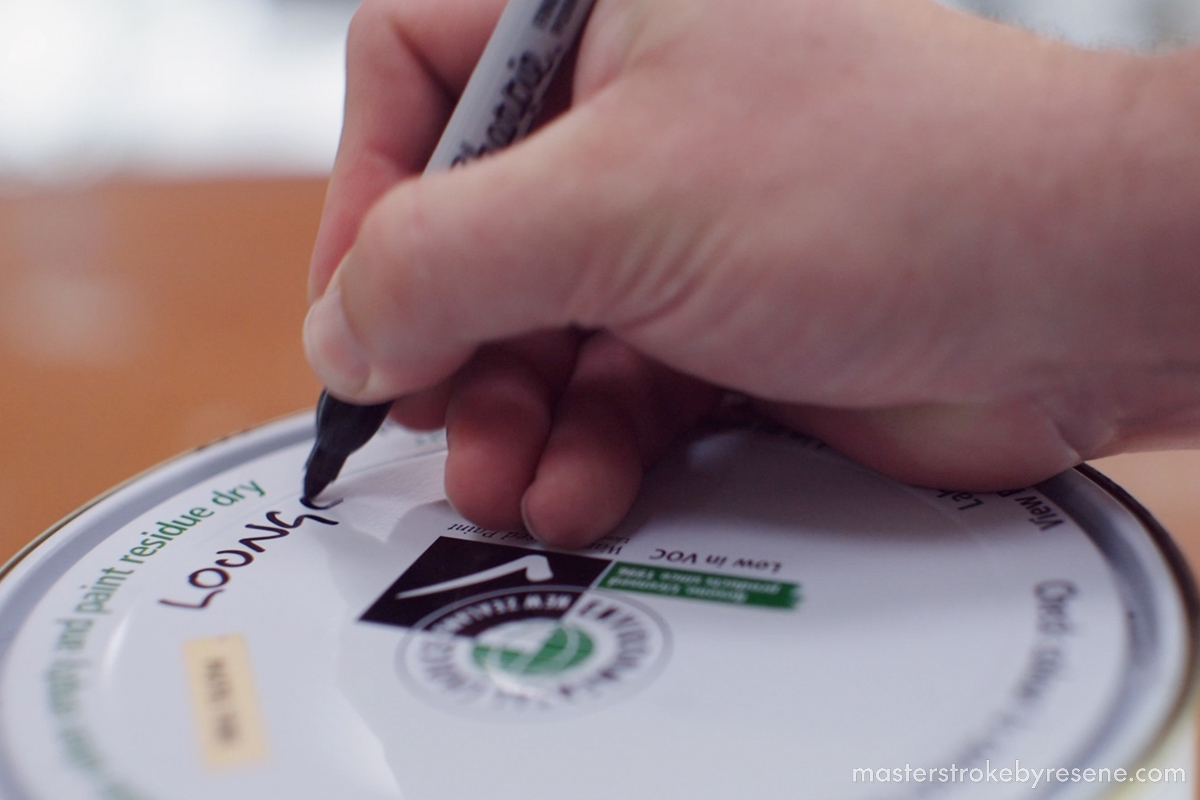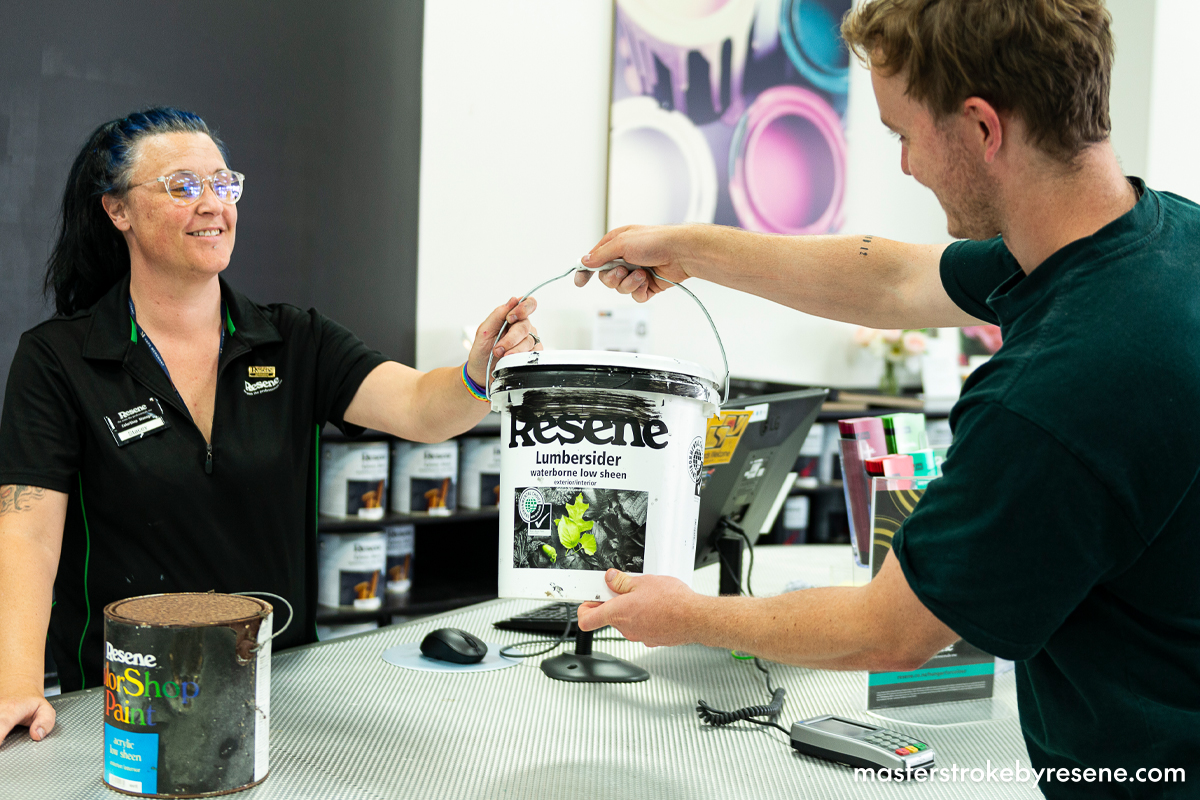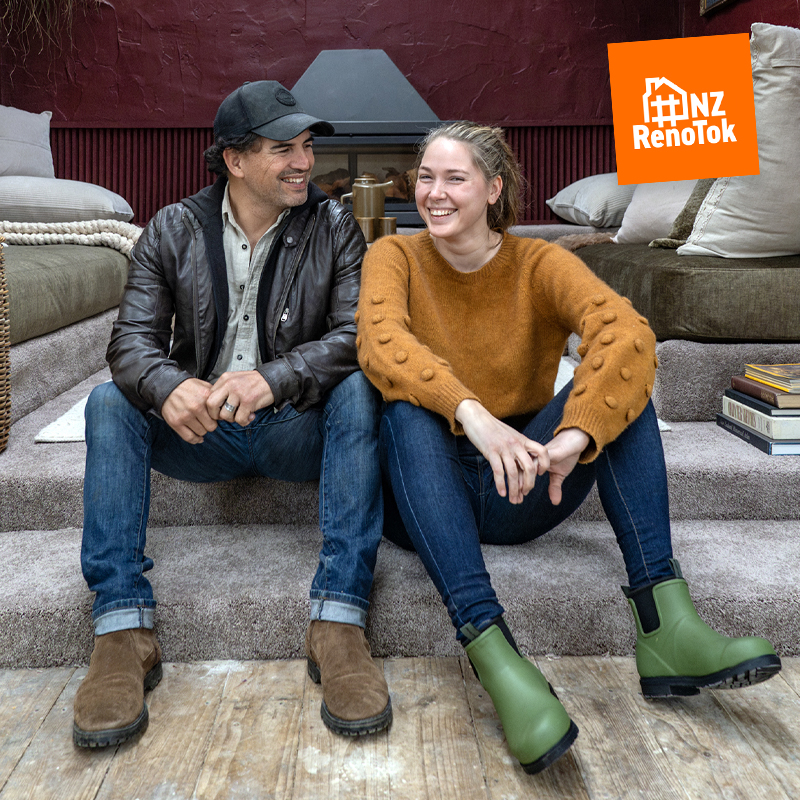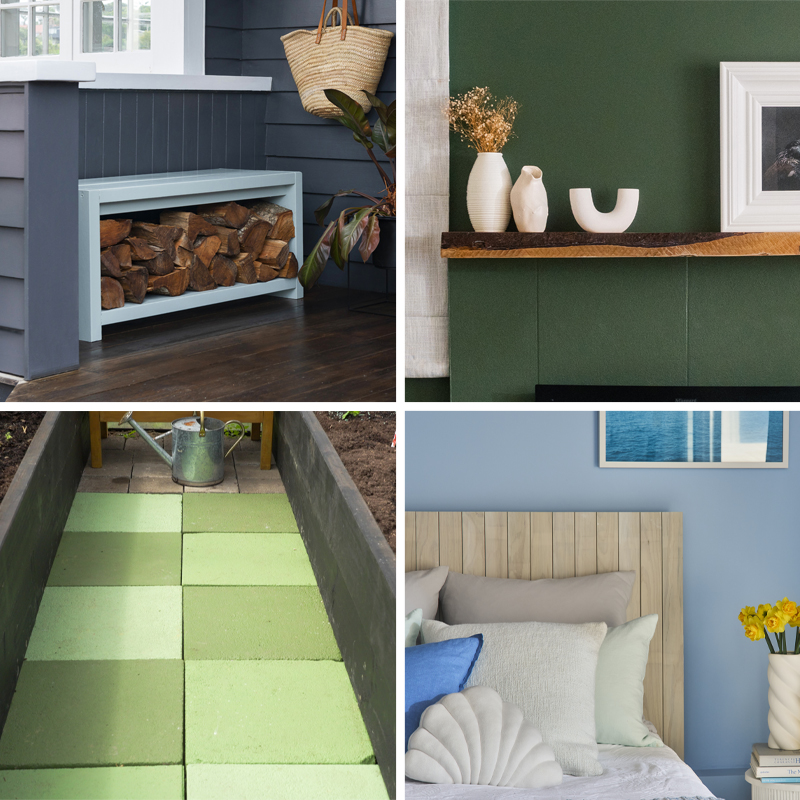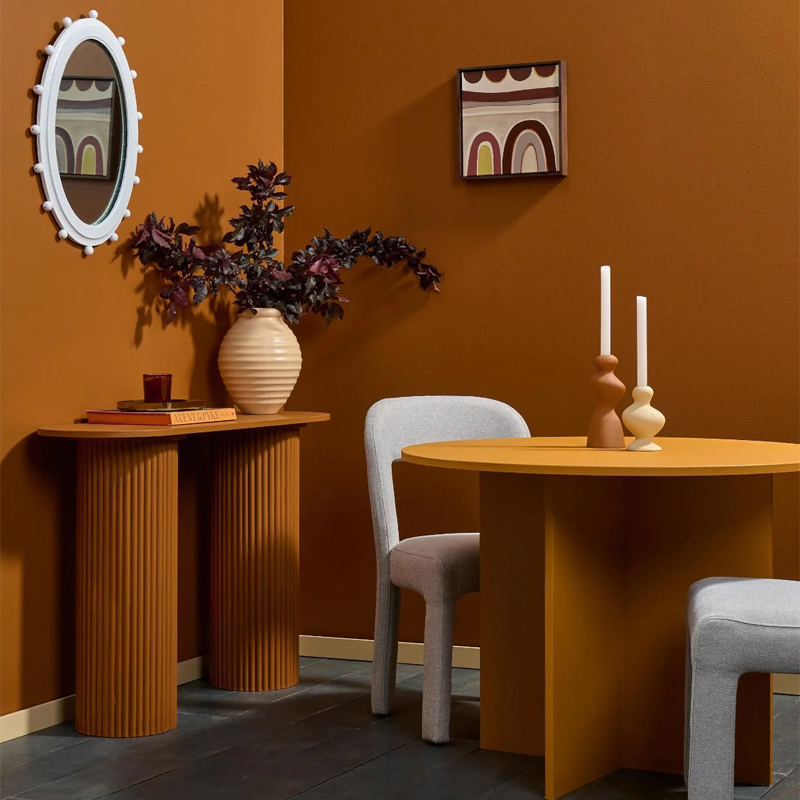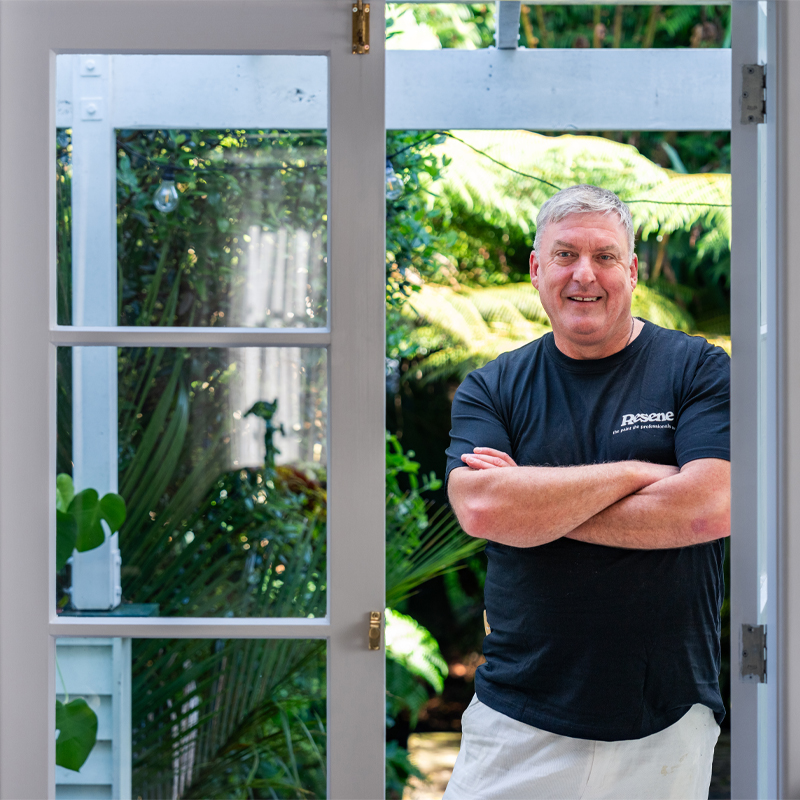So, you’ve chosen your Resene paint colour and the appropriate formulation for your project, now it’s time to determine exactly how much Resene paint you’ll need. While there is a specific formula to follow, which outlines the measurements required, the handy Resene paint calculator makes life even easier.
To work this out, you will need to following information:
- The surface area of the surface(s) to be painted (excluding areas where there are windows, doors, etc).
- The spreading rate of the paint being used. This is unique to each paint formulation and is clearly marked on the label. It’s also available to view on the product data sheet and label online.
- The number of coats needed.
With these numbers, you will then use the following formula to calculate the amount of paint needed for your project:
Surface area divided by spreading rate multiplied by number of coats.
Here’s an example:
Let’s say you’re painting your living room walls, excluding the ceiling.
The walls are 3m high and each wall is around 4m in width, and windows and doors make up around 0.5m of each wall, leaving a paintable surface of 3.5m per wall.
The surface area to paint is therefore 14m (4 walls x 3.5m) x 3m high = 42 square metres.
The walls are currently painted and are in good condition. Resene SpaceCote Low Sheen is the selected paint system. The product label and data sheet tells us that it has a theoretical spreading rate of 11 square metres per litre.
As the walls are previously painted and in good condition, only two coats of Resene SpaceCote Low Sheen are required.
The amount of paint required is therefore:
42 ÷ 11 x 2 = 7.6 litres
This tells us that 7.6 litres of paint is required to paint two coats onto the living room walls. The best idea would then be to purchase eight litres of Resene SpaceCote Low Sheen, giving you enough paint to complete the job and a little left over for touch ups if required later.
To make calculating your paint requirements even easier, use the handy Resene paint calculator below.
If the area you’re painting isn’t quite this straightforward or you’re still not quite sure exactly how much Resene paint you’ll need, ask the team at your local Resene ColorShop to help you calculate the amount of paint you need. As Resene is a quality paint product, the finish is designed to last. This means you can wait longer between repainting – which is better in the long run.

